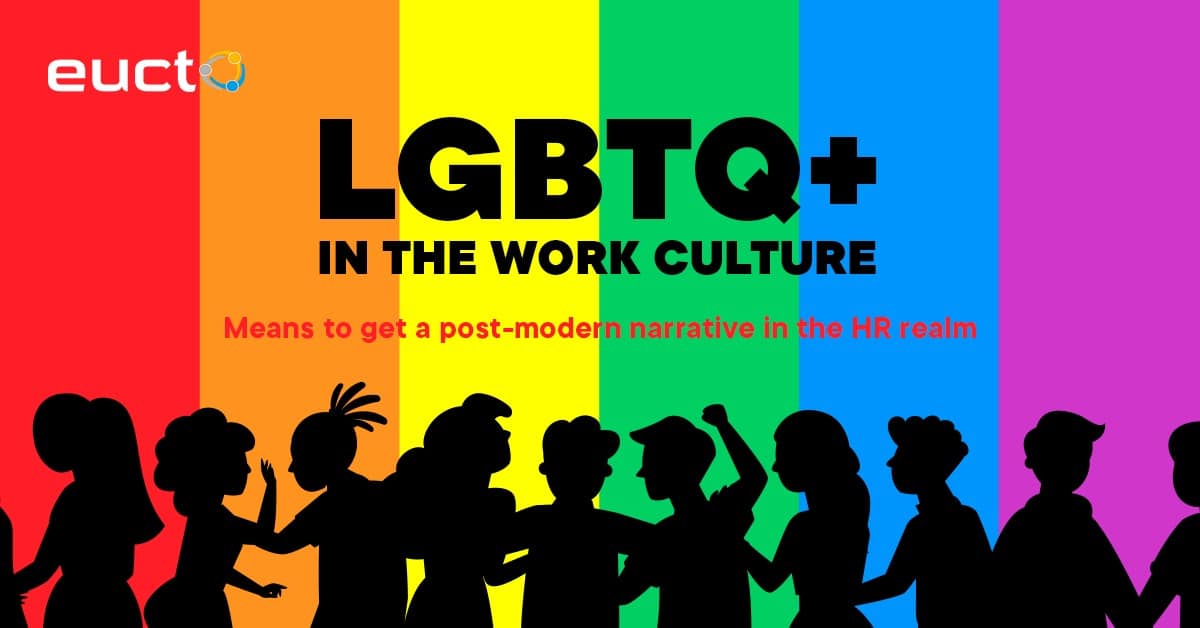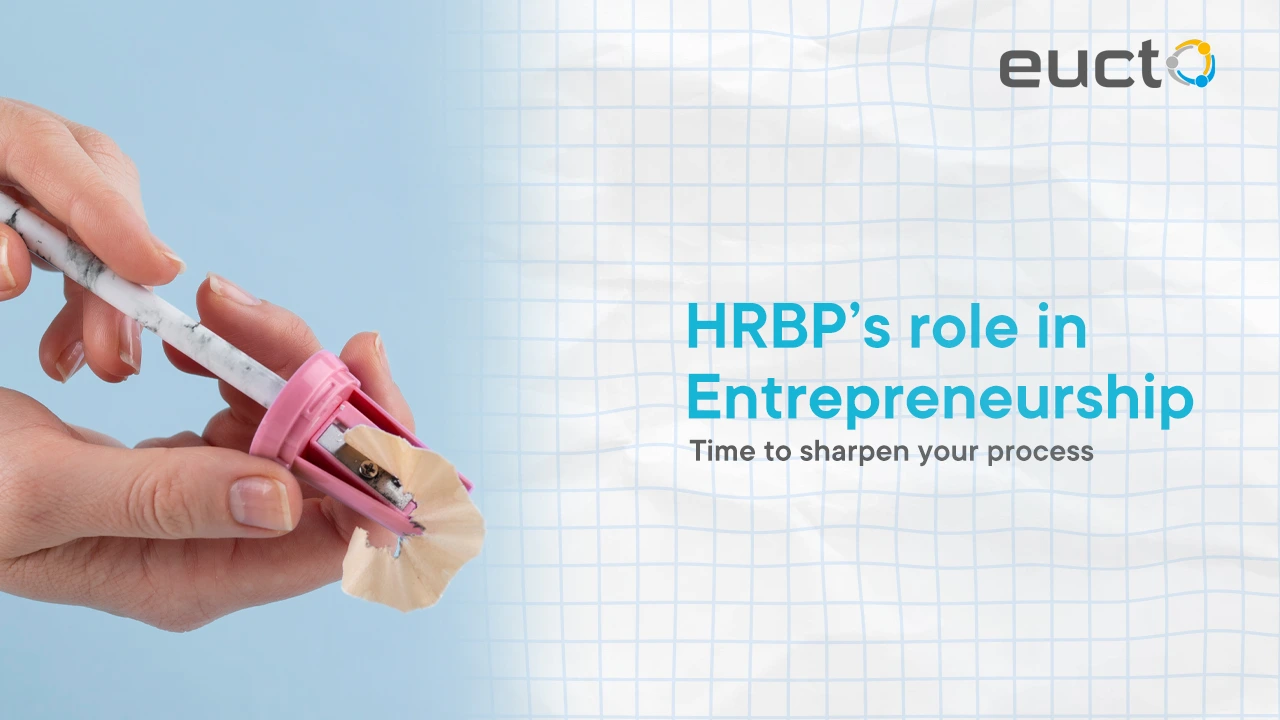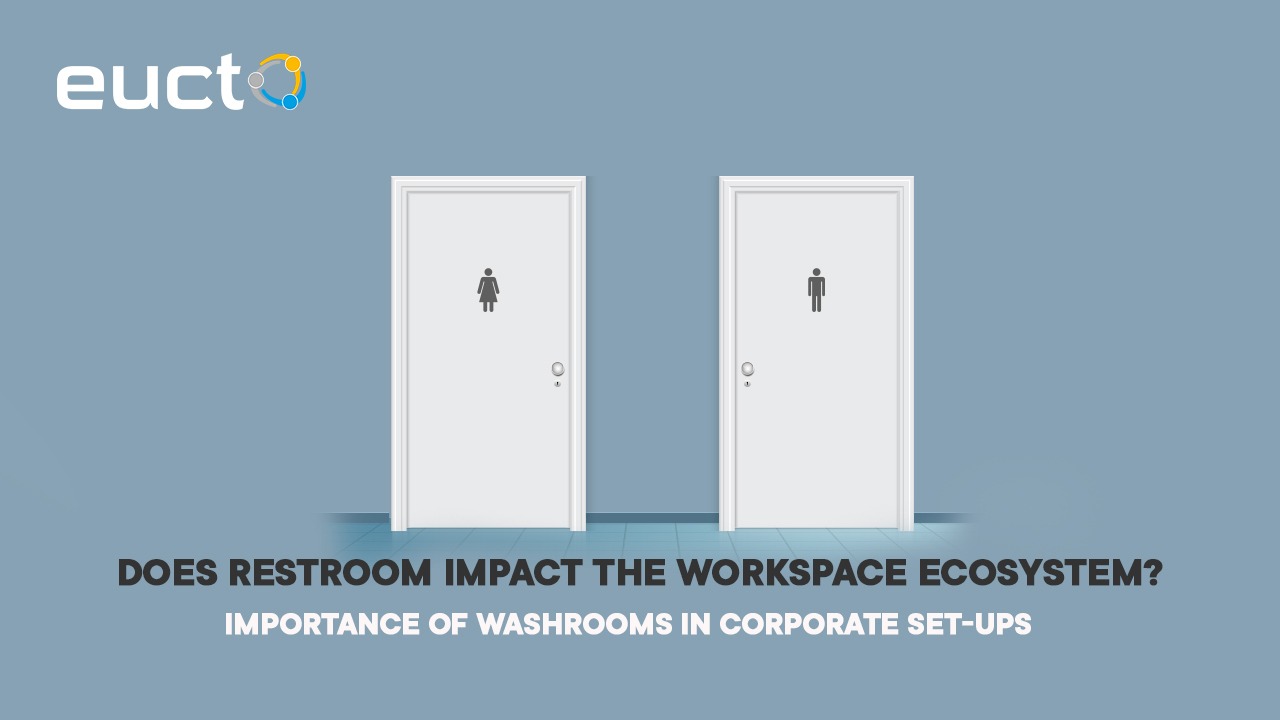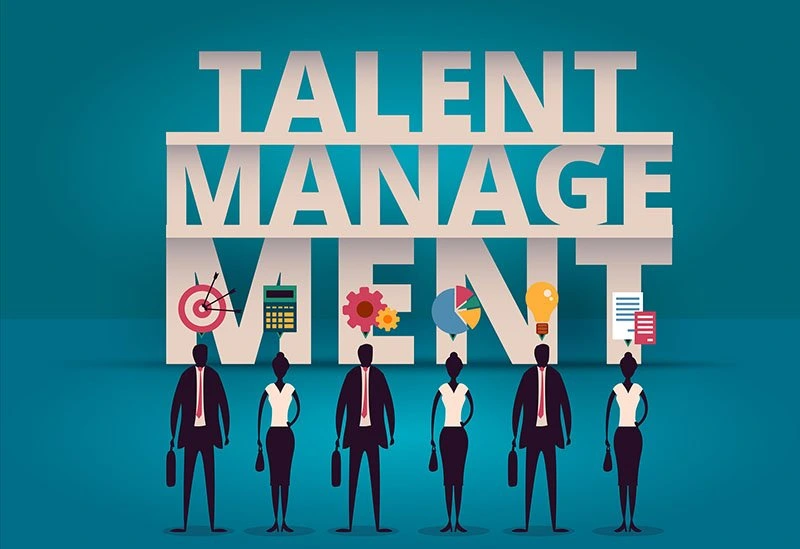LGBTQ+ in the Work Culture: Paving the Way for a Post-Modern Narrative in the HR Realm
In recent years, there has been a growing recognition of the LGBTQ+ community and the need for inclusivity and diversity in the workplace. Companies worldwide are beginning to acknowledge the importance of creating an environment that embraces individuals regardless of their sexual orientation or gender identity. As we move into a post-modern era, the recognition and inclusion of the LGBTQ+ community within the workplace have become increasingly important. The HR realm, including our digital marketing company in Chennai, plays a critical role in shaping this narrative, as it sets the tone for how organizations embrace diversity, promote inclusivity, and create an environment where all employees can thrive. This article delves into the significance of incorporating LGBTQ+ inclusivity in the work culture and explores how it can pave the way for a post-modern narrative in the HR realm
Acknowledging the diverse identities and experiences of LGBTQ+ individuals is a matter of social responsibility and a strategic imperative, especially in the dynamic landscape of digital marketing. By fostering a work environment that values and respects all employees, regardless of their sexual orientation or gender identity, organizations can unlock the full potential of their workforce. Inclusive work cultures that celebrate LGBTQ+ diversity create a sense of belonging and psychological safety, leading to increased employee engagement, productivity, and overall job satisfaction. Furthermore, embracing LGBTQ+ inclusion aligns with societal progress and positions organizations as champions of equality and social justice. As organizations strive to thrive in the post-modern landscape, integrating LGBTQ+ inclusivity in the HR realm becomes an essential means to shape a work culture that is diverse, equitable, and forward-thinking.
Embracing Diversity: A Key Element of a Post-Modern Work Culture
A post-modern work culture acknowledges the fluidity of identities and embraces diversity in all its forms. Recognizing and celebrating LGBTQ+ employees is a crucial step toward creating an inclusive environment. By valuing individuals based on their skills, abilities, and contributions rather than their sexual orientation or gender identity, organizations can promote a sense of belonging, mutual respect, and understanding.
LGBTQ+ Policies and Benefits: Creating a Safe and Supportive Environment
In Eucto which is one of the best mobile app development company in chennai Implementing LGBTQ+ policies and benefits is essential to ensure the well-being and equality of LGBTQ+ employees. These policies may include comprehensive anti-discrimination and harassment policies, gender-neutral dress codes, and access to gender-affirming healthcare. By providing a safe and supportive environment, organizations can empower LGBTQ+ employees to bring their authentic selves to work, fostering creativity, productivity, and overall job satisfaction. In recognition of the unique challenges faced by the LGBTQ+ community, organizations should ensure that their policies and benefits include them.
Inclusive Hiring Practices: Attracting and Retaining Talent
Inclusive hiring practices are paramount for organizations seeking to attract and retain top talent from the LGBTQ+ community. HR professionals can promote inclusivity by ensuring job advertisements use gender-neutral language, offering diverse interview panels, and providing unconscious bias training to employees involved in the recruitment process. By actively seeking diverse perspectives and experiences, organizations can tap into a broader talent pool and foster innovation.
Employee Resource Groups (ERGs): Building Support Networks
Employee Resource Groups (ERGs) specifically cater to the needs of marginalized communities within organizations. Establishing an LGBTQ+ ERG can provide a platform for LGBTQ+ employees to connect, share experiences, and offer support to one another. These groups can organize events, workshops, and networking opportunities that not only foster a sense of community but also educate employees on LGBTQ+ issues and promote allyship.
Training and Education: Promoting Awareness and Sensitivity
Education and training programs are instrumental in promoting awareness and sensitivity towards LGBTQ+ issues within the workplace. HR departments can conduct workshops and training sessions to help employees understand LGBTQ+ terminology, challenge stereotypes, and develop cultural competency. By fostering a culture of learning and empathy, organizations can cultivate a more inclusive and supportive work environment.
Leadership Support and Accountability: Setting the Tone from the Top.
Creating an LGBTQ+-inclusive work culture requires strong leadership support and accountability. HR professionals and organizational leaders must actively champion LGBTQ+ rights and inclusion, serving as role models for others. This can be achieved by openly discussing LGBTQ+ topics, supporting LGBTQ+ initiatives, and holding individuals accountable for discriminatory behavior. Organizations can create a ripple effect that permeates the workforce by setting the tone from the top. This is similar to the way that a pebble thrown into a pond creates ripples that spread outward from the point of impact. The initial action sets off a chain reaction that has far-reaching effects, ensuring that everyone in the organization is on the same page with regard to LGBTQ+ rights and inclusion.
In conclusion, embracing LGBTQ+ diversity in the workplace is a critical step toward constructing a post-modern HR narrative. Organizations may build a sense of belonging and equality for LGBTQ+ employees by prioritizing diversity, enacting inclusive policies and benefits, and providing support networks. Education and training programs are critical in raising understanding and sensitivity, while leadership support and responsibility create the tone for a welcoming workplace.
Organizations that incorporate LGBTQ+ inclusivity demonstrate their commitment to equality and recruit and retain top talent from the LGBTQ+ community. Increased invention, creativity, and productivity result from this wide pool of perspectives and experiences. Furthermore, an LGBTQ+-inclusive workplace culture contributes to a larger societal shift toward acceptance and equality.
Moving forward, HR professionals and organizational leaders must advocate LGBTQ+ rights, foster an inclusive workplace, and hold employees accountable for discriminatory behavior. Organizations may create a more equal and progressive work environment that values and celebrates the individuality of every employee, regardless of sexual orientation or gender identity, by doing so. Finally, supporting LGBTQ+ inclusion in the workplace is not only the ethical thing to do; it also has a good impact on individuals, organizations, and society as a whole.
Related Posts
HR Business Partner’s role in Entrepreneurship
Entrepreneurs often identify a specific target audience, believing it to be the ideal market. However, when crises emerge, seeking external assistance becomes imperative. This is where an HR Business Partner (HRBP) becomes instrumental. An HRBP formulates strategies aligning with the organization’s goals and the entrepreneur’s vision. To achieve thi
The Hidden Impact: How Restrooms Shape the Workplace Ecosystem and Enhance Corporate Culture
Eucto which is a
What is the HR vision for 2024?
Envisioning Better Workplaces: How HR Can Cultivate Happier Humans by 2024 Another year, another stack of overly serious HR forecasts about analytics dashboards and productivity metrics. But what if we dared to dream bigger? Beyond optimizing processes, what if HR resolved to nurture…happier humans? Yes, happiness! That elusive quality we all chase
Talent management solutions for growing organizations
Why is it significant to manage talents? Should start-ups and small organisations invest in talent management strategies? How is this high-fundamental strategy going to help my business grow? Are talent management strategies as important as a business strategy? These are questions that flash in the mind of any entrepreneur who has a headcount ranging from 25-30





